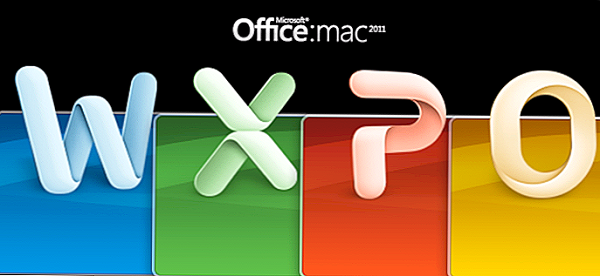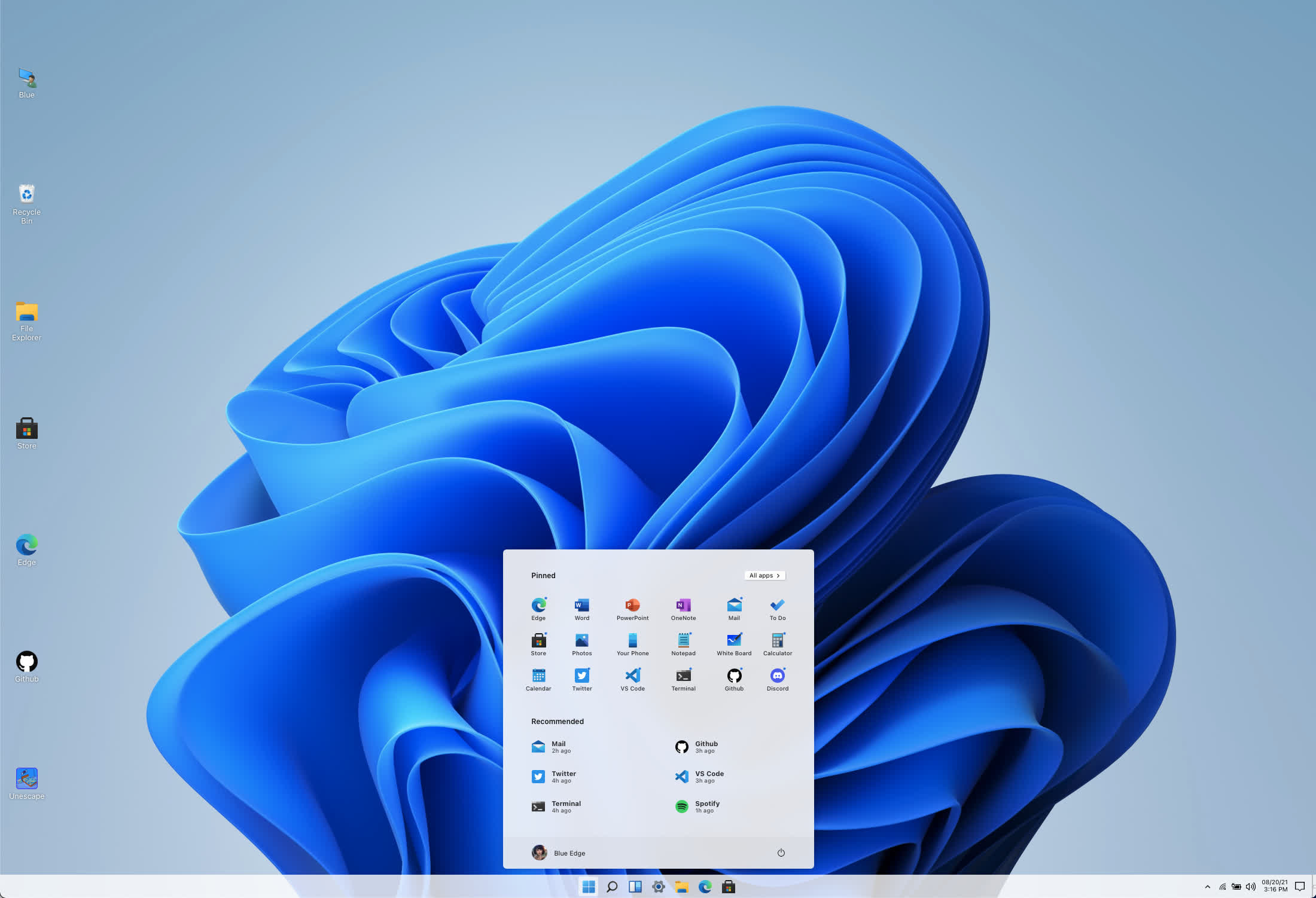

Office 2013, the latest version of the Office suite, includes some significant changes. The Microsoft Office suite is an essential collection of applications that includes Word, Excel, PowerPoint, and much more. If you're thinking of purchasing or upgrading to Office 2013, there are several factors to consider, including the cost and features of each version. It also released Office 365 Home, a subscription-based version of Office.
#Microsoft word 2011 demo software#
In January 2013, Microsoft released the latest version of its Office software suite, Office 2013. An employee list may work better in this situation.Lesson 1: Buying Office 2013 Introduction Organizations that use a lot of temporary or contract employees with a high turnover rate may find maintaining an org chart to be taxing. Org charts don’t contain information related to budgeting, track informal communication channels, or map out the complexity of daily operations. The term continues to be in regular use today. The term “organization chart” made its way into the English vocabulary in the first part of the 20th century and peaked in use in the 1960s. Their chart showed the organization of the New York and Erie railroad, and included both the position each person held and the location where each worked. Where did the org chart originate?Įngineer Daniel McCallum and artist George Holt Henshaw are credited with creating the modern form of the organizational chart.

But the ubiquity of Microsoft Office and the ease of use of the SmartArt feature makes creating org charts in Word or other Microsoft Office products the easiest choice for most people. Outside of the Microsoft Office family, you can use Visio, LucidChart, OrgPlus, OrgWeaver, Pingboard, OrgChart4U, and others. Microsoft Excel, PowerPoint, and Outlook all use the same SmartArt tool as Word and so you can use those programs to create org charts, as well. What are some other programs you can use to create org charts? Lines connect shapes to show reporting relationships. Each row is a level of management, so the chart widens as it maps the lower levels of the organization.

Most org charts are pyramid shaped, with the highest-ranking person at the top. The easiest way to read an organizational chart is from the top to bottom. Tracking workloads of individual employees and of managers to determine who has too much or too little work Planning and evaluating restructuring efforts Org charts are also a useful tool for mapping groups beyond departments in large corporations, from volunteer organizations to family trees.īesides the obvious use of visualizing the reporting structure, org charts can be a practical tool to use in many situations, including the following:Įvaluating the functions of departments and of employees Managers use org charts to illustrate their function and the function of their employees as part of the larger organization, or to evaluate the responsibilities of different roles before and after restructuring. New employees can use org charts to learn the structure (i.e who reports to whom) of their department or any related department. No-code required.Īn organizational chart, also called an org chart or organization chart, is a visual tool that shows the reporting relationships in an organization.
/001-how-to-print-labels-from-word-836f2842f35f445ab3325124a0c7d191.jpg)


 0 kommentar(er)
0 kommentar(er)
